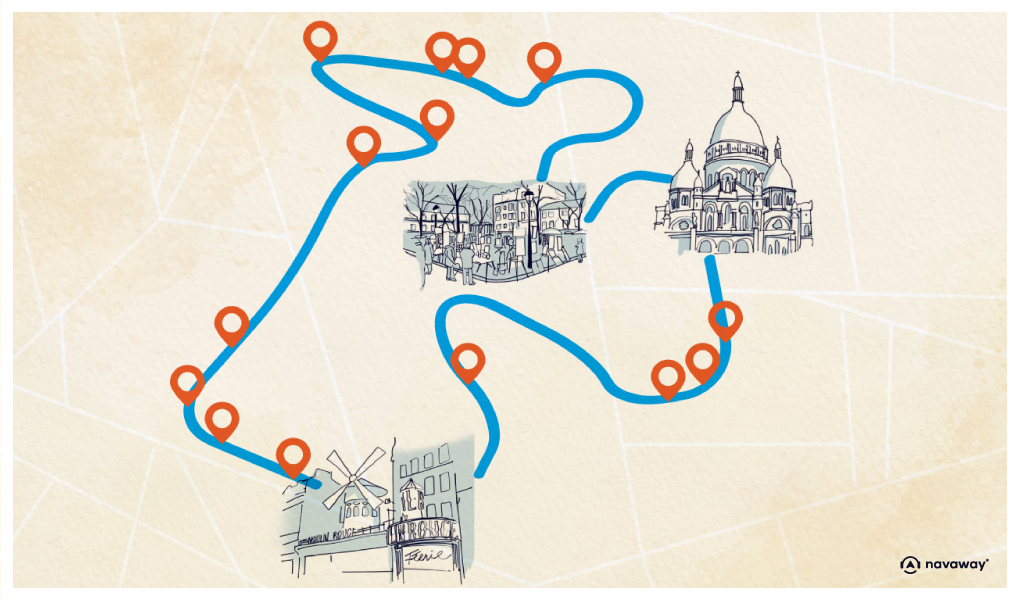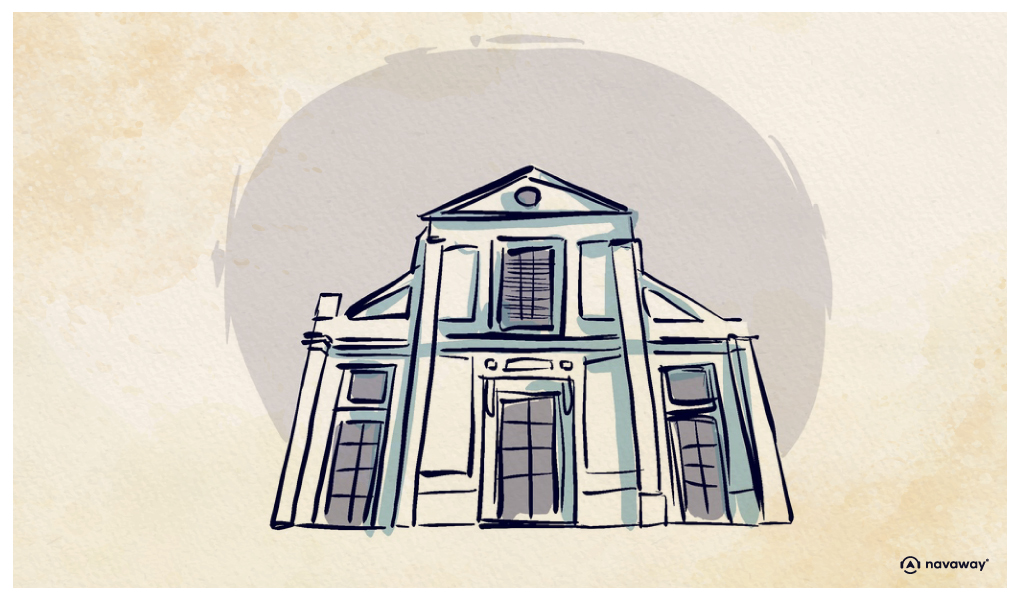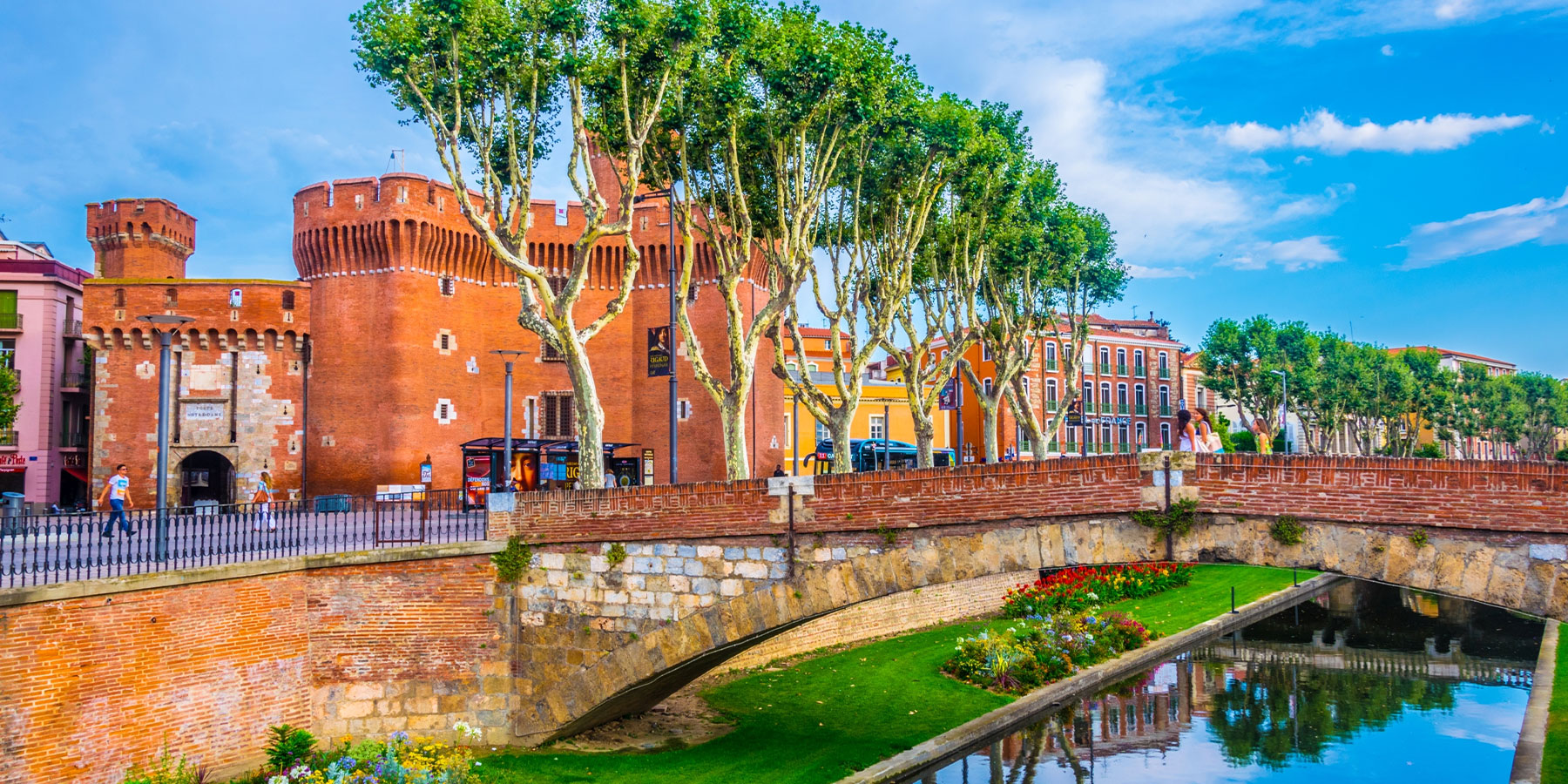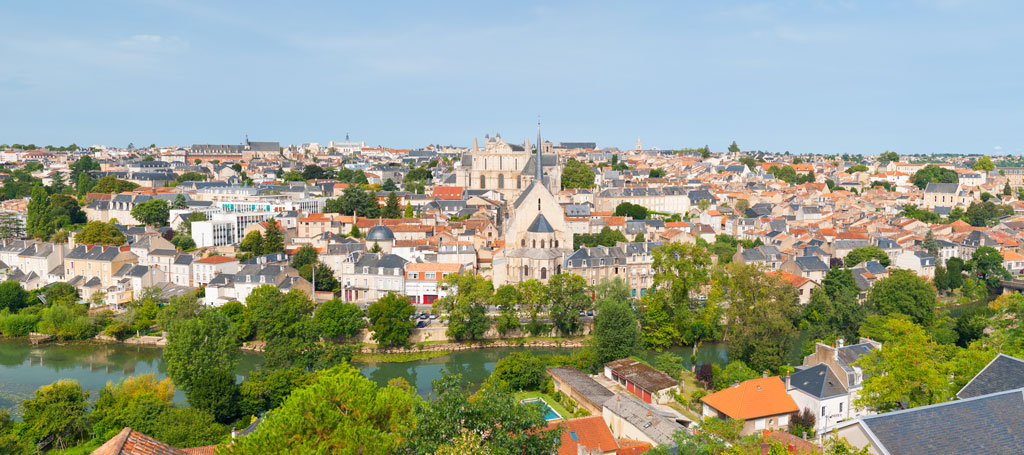
Saint-Pierre-de-Montmartre Church

This point of interest is available as audio on the tour: Visit Paris, The Bohemian Quarter
A word about this little church before you, which is so often overshadowed by the Sacré-Cœur Basilica. Construction began in 1134, making it the second oldest church in Paris after Saint-Germain-des-Prés. It was built on the site of a 5th-century Merovingian basilica dedicated to Saint-Denis, the first bishop of Paris. In the 12th century, King Louis VI, known as Louis the Fat, had it replaced with a new Romanesque church. At the same time, his wife Adélaïde de Savoie built the Benedictine abbey of Notre-Dame de Montmartre. The abbey owned vineyards and the abbess had judicial power over the locals. This meant that the edifice served both an abbey and a parish church. In 1686, the nuns moved to a new monastery, known as “l’abbaye d’en bas,” meaning “the abbey below,” which explains the name of the present-day Abbesses’ Square. In 1794, things took a turn for the worse. The abbess was guillotined, the nuns were sent away, and the monasteries were sold and razed to the ground! All that remained was the church, as a village parish, with the Chappe telegraph installed in its steeple! Getting messages across quickly has always been important in history. During the French Revolution, when France was surrounded by enemies, Claude Chappe invented a clever system of coded signals using a movable arm on a tower. These signals were then relayed from tower to tower using telescopes, creating a network that could transmit messages in minutes as opposed to the days it would take a horse rider. One such tower of France’s telegraph network stood right here on the Place du Tertre. When worship was banned during the Reign of Terror, the church was transformed into a temple of Reason, as were many other churches that weren’t destroyed. These atheist temples served the cult of Reason, then that of the Supreme Being, established by Robespierre. This philosophical cult sought to represent the ideals of the Enlightenment, and advocated a civil religion at the service of the State, in which people found God through reason rather than faith. During the Russian invasion, the church was requisitioned and then desecrated again during the Paris Commune. And let’s not forget that it was almost demolished in the years between the construction of the Sacré-Cœur Basilica and the new Saint-Jean de Montmartre Church. It would take until 1923 for it to be listed as a historical monument, and the late 1980s for it to be fully restored. Today, it is one of just five 12th-century churches in Paris. Its cemetery has long been the final resting place of the millers, winegrowers and peasants who once called this hilltop village home.

Discover other tours to visit Paris

Discover Paris with app
An interactive guide through the most beautiful streets, squares, and districts
18 fun audioguides full of historical facts, anecdotes, and legends






Comments